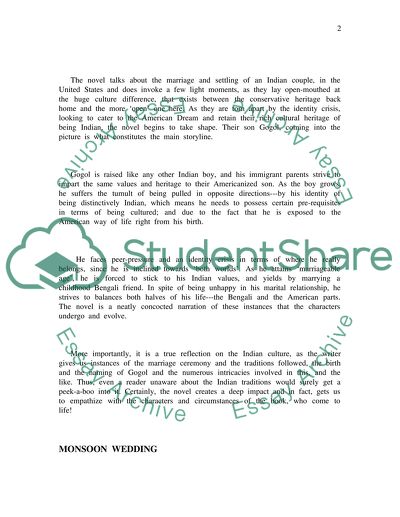Cite this document
(“Media and Representation: Comparison of Jhumpa Lahiri's The Namesake Term Paper”, n.d.)
Media and Representation: Comparison of Jhumpa Lahiri's The Namesake Term Paper. Retrieved from https://studentshare.org/culture/1503359-critical-essay-on-media-and-representation
Media and Representation: Comparison of Jhumpa Lahiri's The Namesake Term Paper. Retrieved from https://studentshare.org/culture/1503359-critical-essay-on-media-and-representation
(Media and Representation: Comparison of Jhumpa Lahiri'S The Namesake Term Paper)
Media and Representation: Comparison of Jhumpa Lahiri'S The Namesake Term Paper. https://studentshare.org/culture/1503359-critical-essay-on-media-and-representation.
Media and Representation: Comparison of Jhumpa Lahiri'S The Namesake Term Paper. https://studentshare.org/culture/1503359-critical-essay-on-media-and-representation.
“Media and Representation: Comparison of Jhumpa Lahiri'S The Namesake Term Paper”, n.d. https://studentshare.org/culture/1503359-critical-essay-on-media-and-representation.


